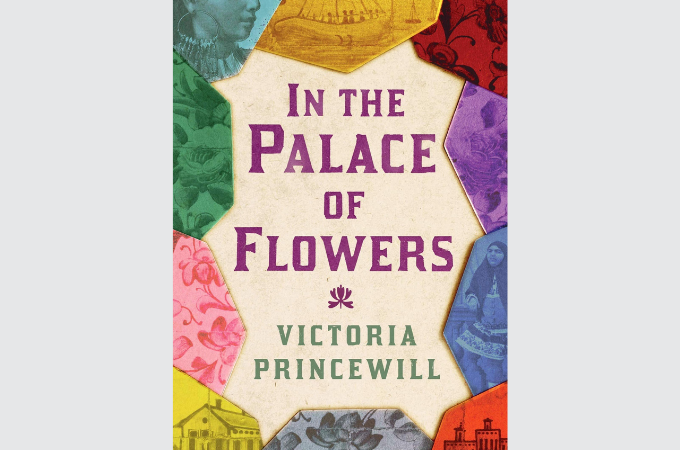
In the 19th century, African women were sold to slavery along the Indian ocean. These women came from Ethiopia, Zanzibar, and Mombasa. Some of them ended up in Iranian ports and were subsequently sold into wealthy homes where they served as domestic staff, female attendants, and concubines. Cassava Republic’s latest offering, In the Palace of Flowers by Victoria Princewill, brings that history to life in the story of Jamila Habashi, an Ethiopian slave who served in Nasser al-Din Shah Qajar’s royal court.
Jamila Habashi is a historical figure though not much is known about her except a letter she wrote in 1905, in which she talks about her life as a slave. Princewill takes this fragment of Jamila’s life and expands it into a moving story about self-discovery and empowerment. In the novel, Jamila is the personal maid to Chehra, one of the Shah’s less important wives. As far as mistresses go, Chehra does not appear to be the absolute worst. In fact, to Jamila’s close friend and confidant Abimelech, Jamila has a sweet enough deal for a slave. She receives some stipend from one of the Shah’s younger sons in exchange for sexual favors. She doesn’t do domestic duties like some other slaves. She writes letters, plans events, shops for stationaries, and tends to her mistress’s wardrobe. But Jamila, wants more. “I do not simply want out,” she laments, “I want…more.” And we can’t blame her. No one should have to settle for a life in slavery. By that simple act of wanting more, Jamila sends the world around her into chaos. Soon enough, she has to decide how far she is willing to go, what sacrifices are worth making to secure a better life for herself.
Telling Jamila’s story honors forgotten black lives and worlds. But what is far more significant about In The Palace of Flowers is that it centers the story of an African woman. Jamila is the subject of a history that shows the multiplicity of black experiences in a world being rapidly consumed by European imperialism. The story is set in the 1890s at a time when the Persian monarchy found itself having to deal with Europe’s expanding colonial interests. And Jamila is right in the middle of everything, giving the reader access to the monarchy’s response to these shifts in the political landscape. A story about Iranian palace politics and harem life is told through the lens of an African woman’s aspirations to escape the narrow limits of her life as a slave.
In centering the life of an African woman in history,The Palace of Flower is in conversation with novels like Petina Gappah’s Out of Darkness, Shining Light where the story of colonial expansion is told from the point of view of a female East African cook and Maaza Mengiste’s Shadow King, which centers a band of women soldiers in an account of the Italo Ethiopian war. Novels like these show us what is missing in classic historical fiction like Things Fall Apart but, most importantly, they confirm what we’ve always believed: that African women are active agents of world history.
My favorite thing about this book is how real the world of the novel feels to the touch. In writing a novel exploring the lives of royals, the challenge is making sure that readers see the world in all its visual majesty. Princewill does not disappoint. She pulls all the stops to reconstruct the place and the period: Domed buildings, apothecaries, labyrinthine bazaars, courtyards lined with flowerbeds, interiors with chandeliers and walls inlaid with gold and crystal. The opulence takes your breath away. You smell the sumac and saffron in the spice market. In The Palace of Flowers is a visual feast of images. And Jamila is at the center of it all!




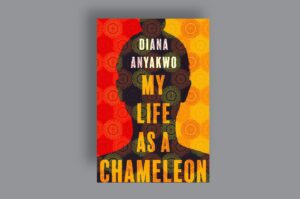
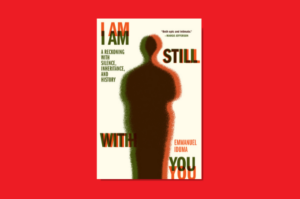
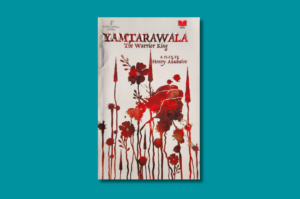
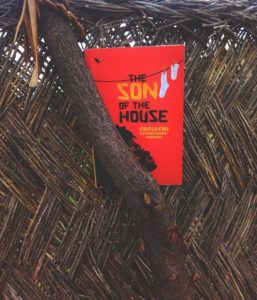

COMMENTS -
Reader Interactions